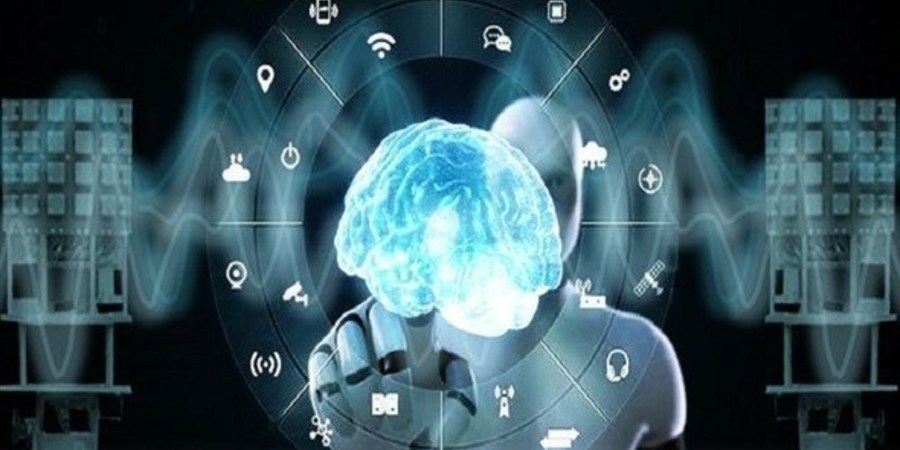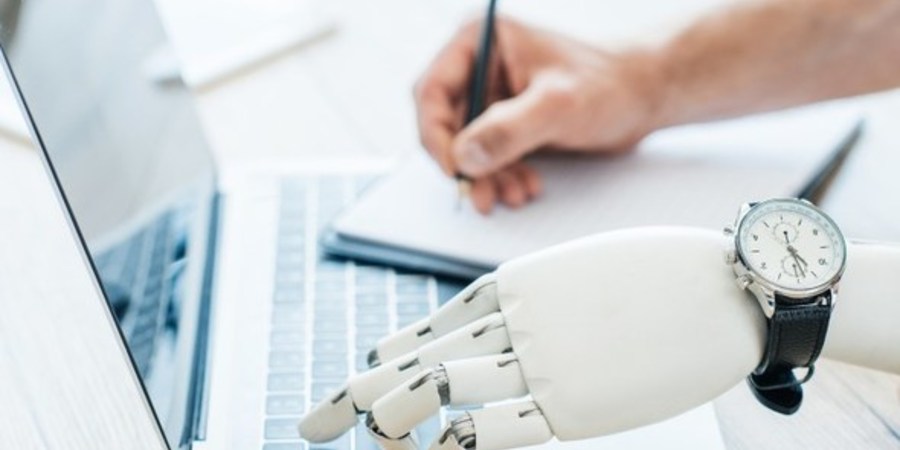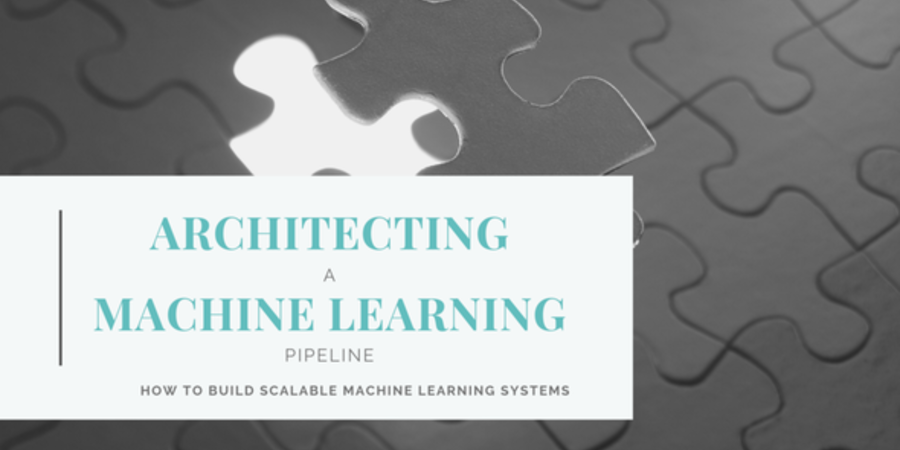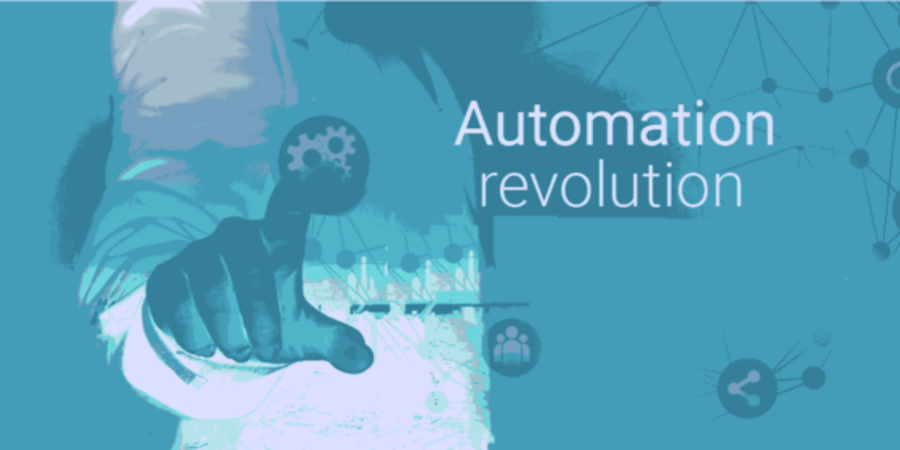Creating the right groundwork for automation or bots or Robotic Process Automation (RPA) or whatever name you want to call it is essential if you do not want to regret the outcome later. The terms have been used interchangeably in the article below. No automation is inexpensive; this article serves as a helpful checklist as you plan the rollout of your automation project or work out what went wrong. Three prerequisites focus on process side of automation which at times get overlooked during the planning phase.













